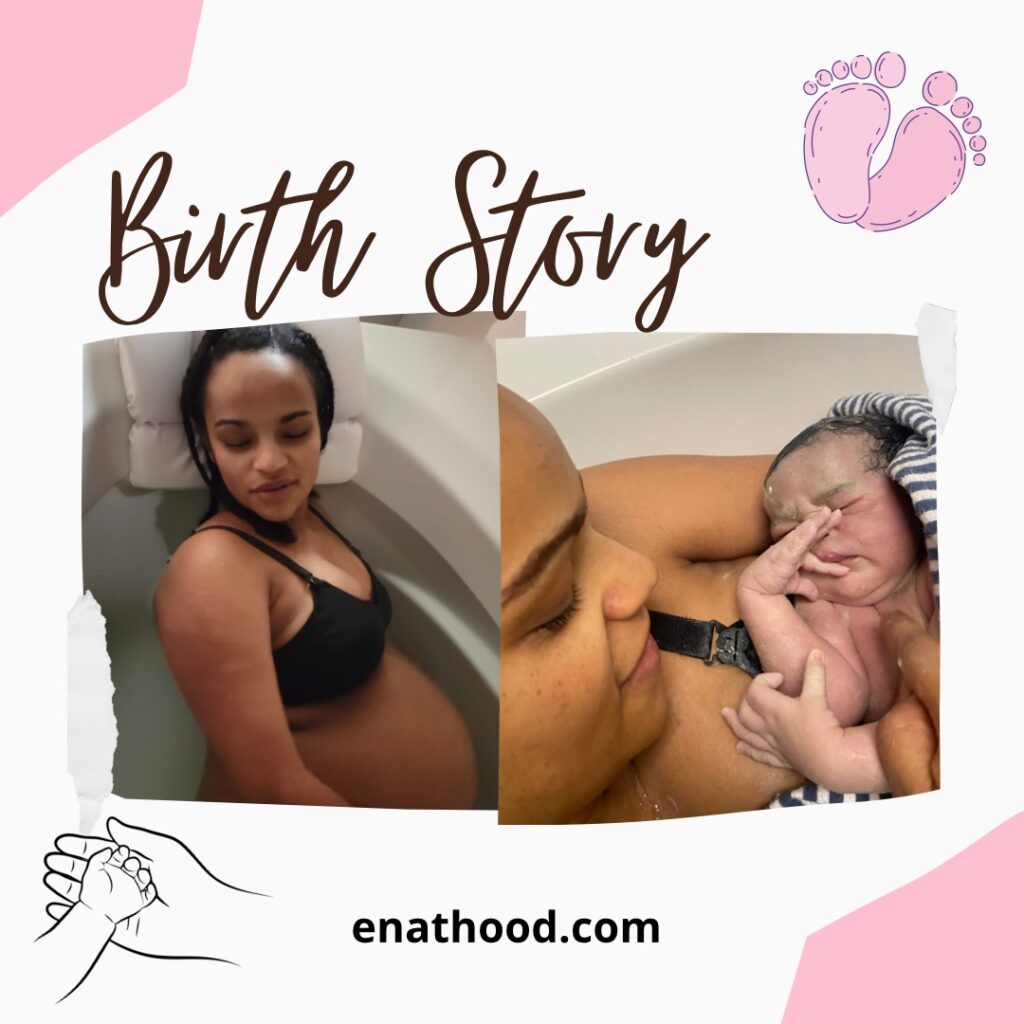
In the serene setting of a birthing center, where the promise of an unmedicated, supernatural birth danced in the air, I embarked on a journey like no other.
This was my third experience with childbirth, and I was determined to make it unique.
My first child’s birth took place in a hospital, a transfer from a birthing center, while the second found its entrance into the world in the very birthing center I now stood in, through the gentle embrace of water.
This time around, I carried a delightful secret – the gender of my baby remained a mystery, offering a constant source of anticipation and motivation.
As it turns out, this little bundle of joy was to be a girl, a revelation that fueled my excitement and prepared me for the future birthing experience.
The journey began with the peculiar dance of prodromal labor.
Prodromal labor, often referred to as “false labor,” is a set of irregular contractions that can occur before the onset of active labor during pregnancy. These contractions may feel similar to true labor contractions. But, contractions are typically less frequent, less rhythmic, and less intense. Unlike active labor, prodromal contractions don’t consistently increase in strength, frequency, or duration, and they might not lead to the cervix’s significant dilation and effacement, which are typical signs of progressing labor. Prodromal labor is often considered a warm-up phase or a way for the body to prepare for active labor, but it can be frustrating for expectant mothers who may mistake it for the real thing.
In my journey through pregnancy and labor, I’ve come to understand that my body has its unique way of preparing for the grand event of childbirth.
For me, this preparation often involves days of prodromal labor and weeks of Braxton Hicks contractions.
These early signals are my body’s way of getting ready for the main event, like a dress rehearsal before the big show.
During my first pregnancy, I had limited knowledge of how my body worked in this process. In my eagerness to meet my baby and perhaps due to societal pressures, I didn’t allow my body the rest it needed during these initial phases.
It was a valuable lesson, as it led to my transfer to a hospital and the administration of an epidural to provide the necessary respite for both me and my baby.
In hindsight, I realized that understanding my body and respecting its cues are essential elements in achieving the birth experience I desire, whether it’s an unmedicated natural birth or one that incorporates interventions like epidurals when needed.
This knowledge has become a guiding light in my birthing journey, ensuring a balance between trusting my body and making informed choices.
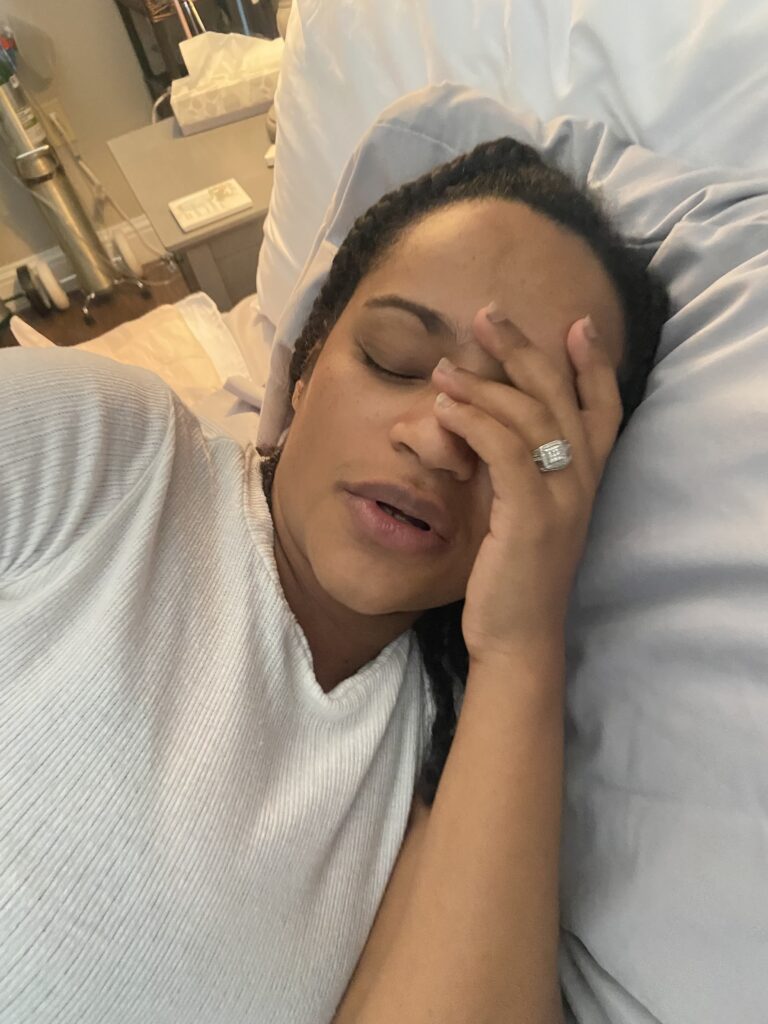
The Birth Story
At 39 weeks and 6 days, I had my final checkup. The midwife’s words lingered in the air: a fingertip or two dilated, labor could start at any time.
The very next day, the curtains of mild contractions began to rise. They flowed with rhythmic precision but lacked the intensity I had anticipated. I notified my midwife, giving her a heads-up about a potential late afternoon labor.
However, this was just another visit from prodromal labor, a phenomenon that would ebb away as quickly as it arrived.
As Tuesday transitioned into Wednesday and crossed the threshold into my 40th week, I experienced those familiar, mild contractions again. This time, there was a difference.
They maintained their steady rhythm and heightened intensity. After an hour of observation, I could sense that this was “real” labor, and I began to prepare.
My husband and I enjoyed a leisurely breakfast and a neighborhood stroll with our toddlers. By 10:30 a.m., the contractions grew more pronounced, and I knew the time was near.
With each passing moment, the contractions intensified, and I began gathering my belongings while finding moments of rest.
At 12:30 p.m., I messaged my midwife, informing her that we would be at the birthing center within the hour.
As my husband loaded the car and our children, we embarked on the journey to the center, arriving at approximately 1:15 p.m.
A quick examination revealed that I was already 9 centimeters dilated. It was a moment of great relief and joy; every contraction had diligently prepared my body for this culmination.
Our initial plan was for my husband to drop off our children at a friend’s house, located just 15 minutes from the birthing center.
However, given my rapid progress, we decided to keep the children with us. They watched their favorite shows, occasionally visiting to check on their mother despite the abstract concept of childbirth being challenging for their young minds to grasp.
The labor progressed as I rotated between the bed, walking in the room, and eventually, the birthing tub filled with warm, soothing water.
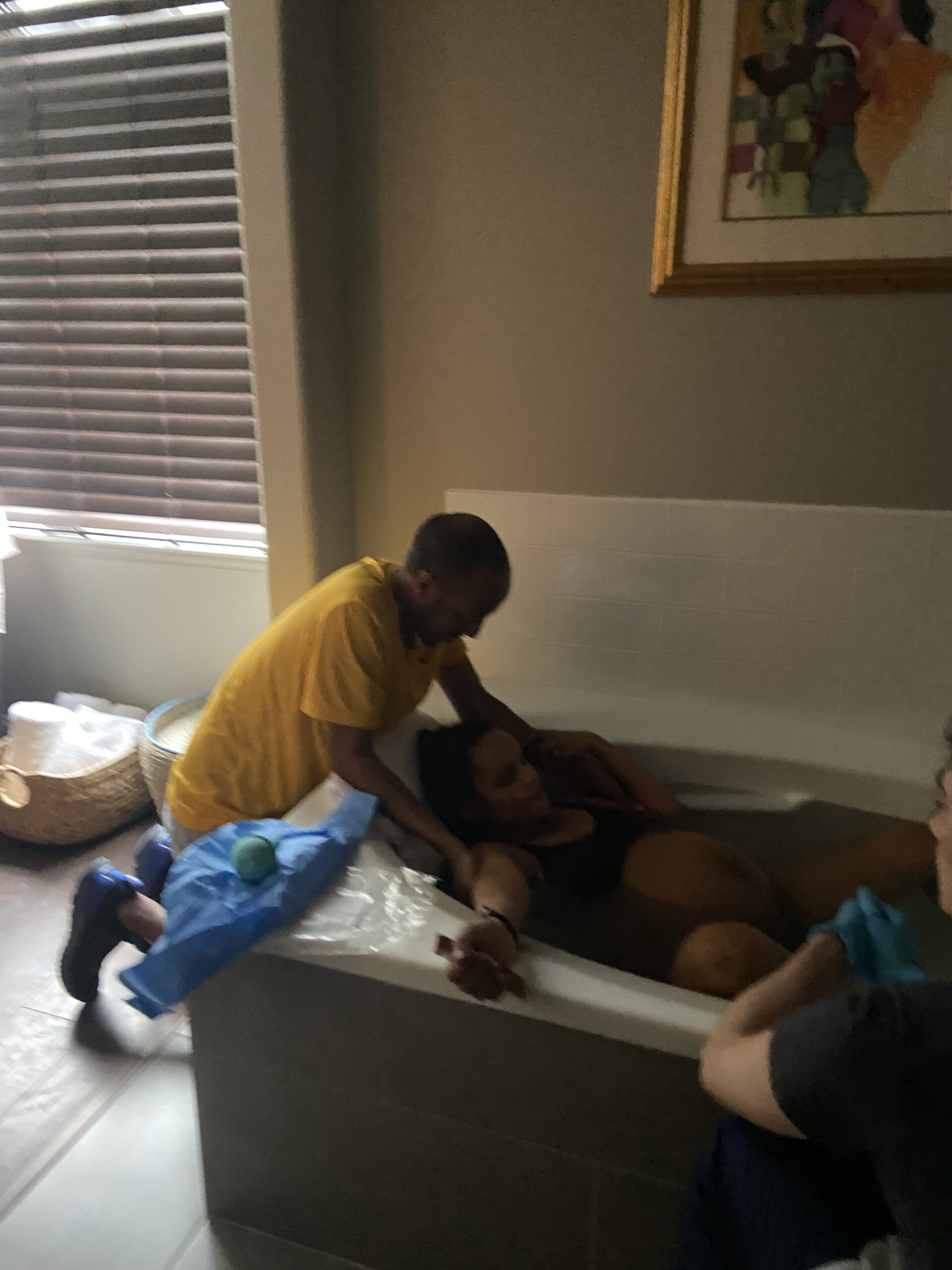
With contractions coming back to back, the sensation of rectal pressure began to emerge. I pushed two to three times, feeling the baby’s head crowned within the unbroken amniotic sac.
In an instant, the midwife deftly broke the sac and noticed that both of the baby’s hands were on its face. With her guidance, the baby rotated, and I was instructed to draw my legs closer to my belly. Our precious baby emerged in less than 30 seconds, hands and all, born around 2:30 p.m.
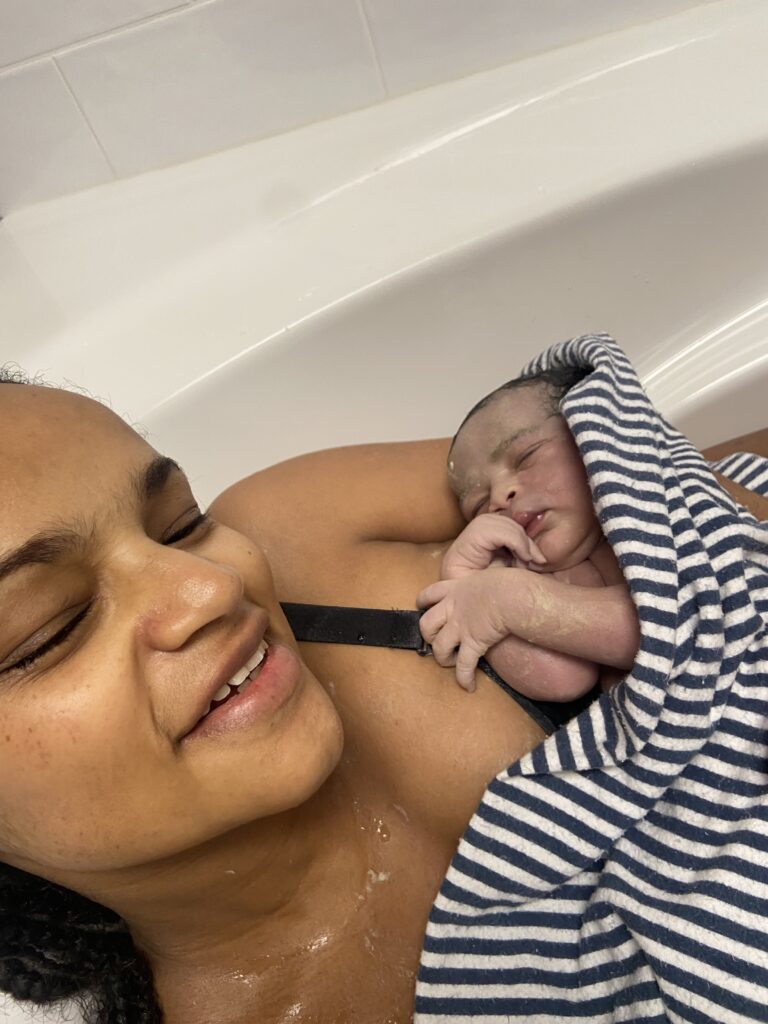
While the baby’s entrance may have been reported as shoulder dystocia due to the initial positioning, my midwife’s quick decision and expert care ensured that neither the baby nor I experienced complications that might have arisen.
After the birth, we shared a meal, relished in a warm bath, changed into fresh clothes, and conducted the routine checks for the newborn. By 7 p.m., we were a family of five, resting in the comfort of our own home.
This experience left me with a profound sense of gratitude. It was a journey filled with twists and turns, but ultimately, it was a testament to the power of trust, love, and the skilled hands of those who usher new life into the world
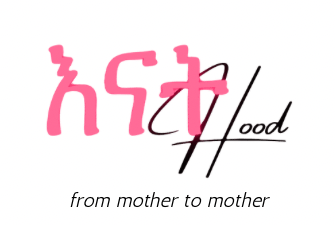
 Ultimate Baby Registry Checklist: Must-Have Items on Amazon
Ultimate Baby Registry Checklist: Must-Have Items on Amazon
Leave a Reply